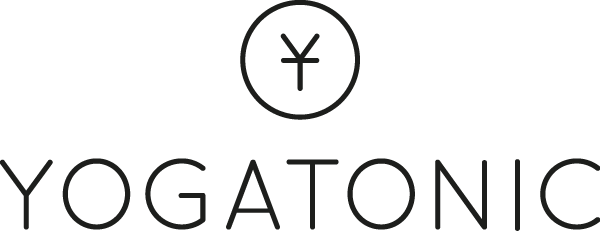MILCH Kolumne: Vor- und Nachteile von Soja Milch*milk column: advantages and disadvantages of soy milk*
Wöchentlich berichte ich nun von Vor- und Nachteilen frischer Vollmilch, frischer fettarmer Milch, H-Milch, Soja Milch, Hafer Milch, Dinkel Milch, Reis Milch, laktosefreier Milch, Mandel Milch.
Fast jeder kennt Milch. Die weisse Flüssigkeit, die uns von Geburt an begleitet, ob in der Flasche, im morgendlichen Müsli oder später im Milchkaffee. Früher hiess es immer "Milch ist voller Kalzium, davon wird man gross und stark". Milch war über Jahrzehnte einer der Grundpfeiler der Ernährungspyramide. Heute wird Milch kontrovers diskutiert. Nicht umsonst gibt es so viele Sorten. Ein breites Milchangebot wird immer selbstverständlicher, auch wenn die Bestellung eines "Soja Lattes" sich immer noch nach Extra-Wurst anfühlt.
Wir starten mit den Vor- und Nachtteilen von Soja Milch:
*Now I will start to weekly post reports on the advantages and disadvantages of fresh full-cream milk, fresh low-fat milk, UHT milk, goat milk, soy milk, oat milk, spelt milk, rice milk, lactose-free milk, almond milk.
Almost everyone knows milk, the white liquid that has accompanied us since our birth, be it in a bottle, in our morning-granola or later in a café au lait. In the past we were told "milk contains lots of calcium which will make you big and strong". Over decades, milk was one of the central pillars of the nutrition-pyramid. Today milk is debated contentiously. It´s not for nothing that there are that many kinds. A wide selection of milk is more and more a matter of course even if the order of a "soy latte" still feels like asking for a special treatment.
Next on my list is fresh soy milk:
Soja Milch
Die Soja Milch besteht in der Regel aus Sojamilch und Wasser. Die Sojabohne besteht zu 38 Prozent aus Eiweiß, zu jeweils 15 Prozent aus löslichen Kohlenhydraten und Ballaststoffen, zu 18 Prozent aus Öl und zu 14 Prozent aus Wasser und unverdaulichen Reststoffen. Es enthält keinerlei tierische Produkte.
Vorteile:
Soja Milch hat einen hohen Anteil an Protein.
Es hat einen sehr geringen Anteil an gesättigten Fettsäuren.
Soja Milch enthält kaum Cholesterin und bei regelmässigem Verzehr soll der Cholesterinspiegel sogar sinken.
Nachteile:
In der Sojabohne häufen sich Isoflavone, das sind pflanzliche Hormone, die dem Östrogen ähneln; dieses weibliche Hormon ist für Männer und Frauen lebenswichtig, zu viel davon kann Krankheiten auslösen. Daher die Menge macht es. Zu viel Aufnahme von Isoflavone kann auch die Fruchtbarkeit beeinflussen.
Soja Milch hat einen bitteren Geschmack, so dass bei einigen Produkten extra Zucker und Kohlehydrate hinzugefügt werden.
*Soy milk
Soy milk usually consists of soy milk and water. The soy bean consists of 38 percent protein, of 15 percent each of soluble carbohydrates and dietary fibres, 18 percent oil and 14 percent water and indigestible waste material. It doesn't contain any animal products.
Advantages:
Soy milk contains a high amount of protein.
It contains a very low amount of saturated fatty acids.
Soy milk hardly contains any cholesterol and if consumed regularly is even supposed to lower the cholesterol-level.
Disadvantages:
Within the soy bean, isoflavones are massing, herbal hormones which are similar to oestrogen; these female hormones are vital for men as well as women but to much of it can cause diseases, so the amount is crucial. Too high an intake of isoflavones can also affect fertility.
Soy milk has a bitter taste so in some products extra sugar and carbohydrates are added.*
Vor- und Nachteile hin oder her, ich geniesse gelegentlich eine Cafe Latte mit Soja Milch sehr. Wichtig finde ich nur, dass kein Rohrzucker hinzugefügt ist, was bei den meisten Anbietern leider der Fall ist. Also genau darauf achten!
*The advantages and disadvantages aside, every now and then I very much enjoy a caffe latte with soy milk. I just think it is important that no cane sugar has been added which unfortunately is the case with most vendors, so watch out for that!*




